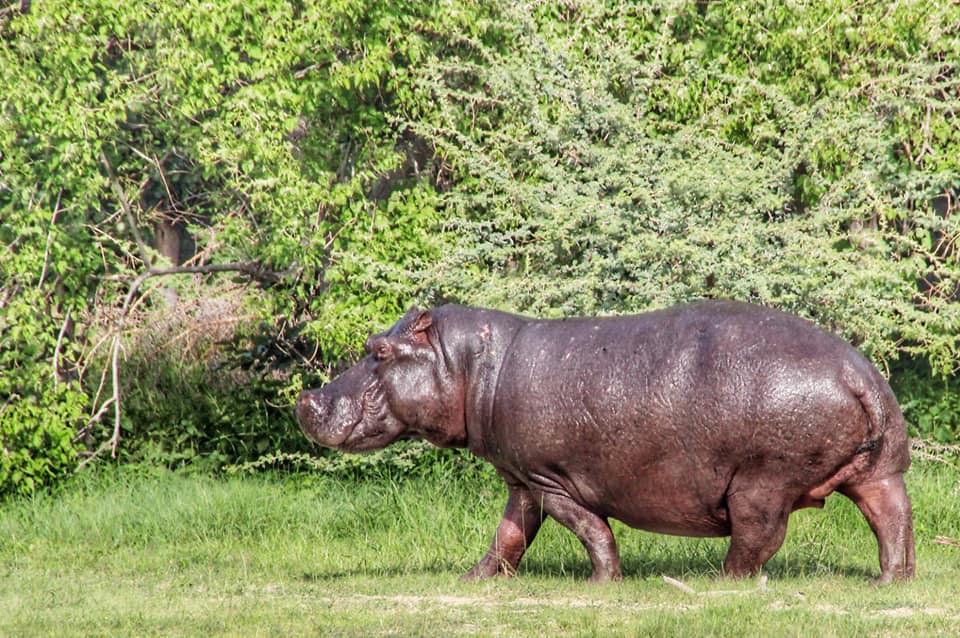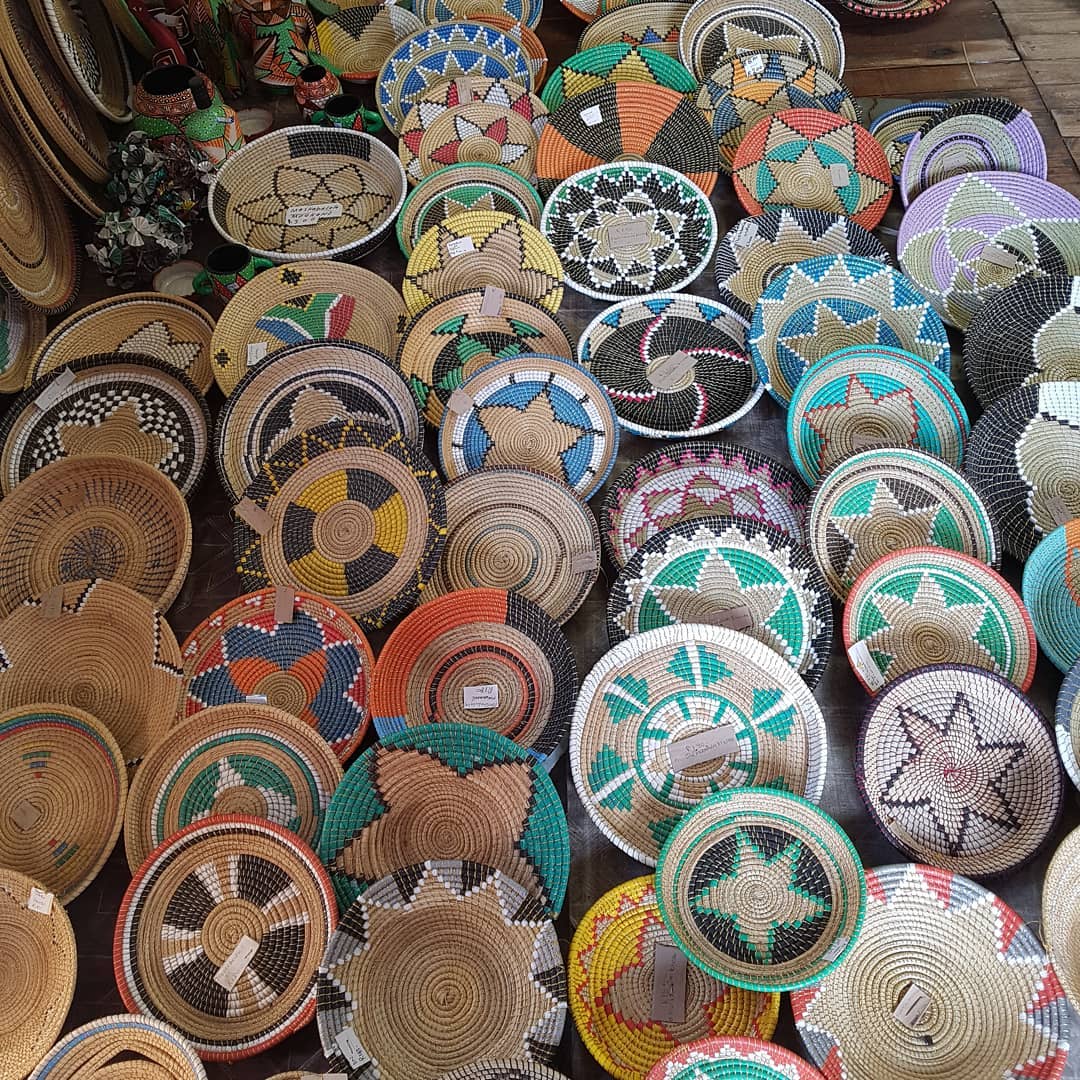
- All About Botswana
- Trips
- Blog
- The Best Time of Year to Visit Botswana’s Top Safari Destinations
- Budgeting for a Botswana Safari: What You Need to Know
- Top Safari Activities in Chobe National Park You Can’t Miss
- What Makes the Kalahari Desert Unique Compared to Other Deserts?
- How to Pack for a Safari in Botswana: Tips for Every Season
- Why Chobe National Park is Known as the Elephant Capital of the World
- Chief’s Island: A Microcosm of Okavango Diversity
Your Ultimate Botswana Safari Packing Guide
What to Bring for Every Season
Embarking on a safari in Botswana is an adventure of a lifetime. From the lush Okavango Delta to the vast Kalahari Desert, Botswana offers diverse ecosystems and weather conditions that require thoughtful packing. Whether you're planning to visit during the dry winter months or the green summer season, this comprehensive guide will ensure you're prepared for your Botswana safari, no matter when you go.


Understanding Botswana's Seasons
Before we dive into the packing list, it's crucial to understand Botswana's seasons:
- Dry Season (Winter): May to October
- Wet Season (Summer): November to April
Each season offers unique safari experiences and requires different packing considerations.
Essential Items for Any Botswana Safari
Regardless of the season, these items should always be in your safari packing list:
- Neutral-colored clothing: Think khaki, olive, and beige. Avoid bright colors and white, which can startle animals or attract insects.
- Comfortable, closed walking shoes: You'll need sturdy shoes for game walks and uneven terrain.
- Wide-brimmed hat: Essential for sun protection year-round.
- High-quality sunglasses: Protect your eyes from the bright African sun and glare.
- Insect repellent: Crucial for keeping mosquitoes and tsetse flies at bay.
- Sunscreen: The African sun is intense, even on cloudy days.
- Camera and binoculars: Capture memories and spot wildlife from a distance.
- Reusable water bottle: Stay hydrated while reducing plastic waste.
- Personal medications and a basic first-aid kit: Include any prescriptions, pain relievers, and anti-diarrheal medication.
- Botswana uses Type G (British-style) plugs.


Packing for the Dry Season (May to October)
The dry season is Botswana's peak safari season, offering excellent wildlife viewing as animals congregate around water sources. However, temperatures can vary dramatically between day and night.
Clothing:
Lightweight, long-sleeved shirts and long pants: These protect from sun and insects.
Fleece jacket or warm sweater: Early mornings and evenings can be chilly.
Warm sleepwear: Nights can be cold, especially in the Kalahari.
Light rain jacket: While rare, occasional showers can occur.
Swimwear: Many lodges have pools.
Accessories:
Warm beanie or knit hat: For cold mornings on game drives.
Gloves: Early morning game drives can be surprisingly cold.
Scarf or buff: Protects from dust and cold.
Other Essentials:
Lip balm and moisturizer: The dry air can be harsh on skin.
Flashlight or headlamp: Useful in camps and lodges.


Packing for the Wet Season (November to April)
The wet season brings lush landscapes, newborn animals, and fantastic birdwatching opportunities. However, it also means higher temperatures and occasional heavy rains.
Clothing:
Quick-dry clothing: Lightweight, breathable fabrics that dry quickly.
- Light rain jacket or poncho: For sudden downpours.
- Sandals: Useful around camps and lodges.
- Extra socks: To keep feet dry and comfortable.
Accessories:
Waterproof bag: To protect camera equipment and electronics.
- Umbrella: For rain protection in camps.
Other Essentials:
Mosquito net: Some camps provide these, but it's worth checking.
- Anti-malarial medication: Consult your doctor before the trip.
Special Considerations for Different Botswana Destinations
Okavango Delta:
- Water shoes: Useful for mokoro (canoe) excursions.
- Light, long-sleeved shirts and pants: For protection against mosquitoes.
Kalahari Desert:
Warmer layers: Nights can be extremely cold, especially in winter.
- Bandana or dust mask: To protect from occasional dust storms.
Chobe National Park:
Binoculars: Essential for spotting wildlife along the Chobe River.
- Sun protection: The riverfront can be particularly sunny.
Packing Tips from Safari Experts
Local guide Mpho Kgomotso shares her top packing tips:
"Many first-time visitors overpack. Remember, most safari lodges offer laundry services. Pack versatile items that can be layered. And never forget your sense of adventure – it's the most important thing you can bring!"
What Not to Bring
Camouflage clothing: It's associated with military personnel in many African countries.
- Expensive jewelry: It's unnecessary and can attract unwanted attention.
- Hair dryers: Most lodges don't have the electrical capacity for them.
Sustainable Packing for Botswana
Botswana is committed to sustainable tourism. Consider these eco-friendly packing options:
- Reusable water bottle and straw
- Biodegradable toiletries
- Solar-powered charger
- Eco-friendly insect repellent
Final Thoughts
Packing for a Botswana safari is about balancing preparation with practicality. By focusing on versatile, comfortable items suited to your travel season, you'll be ready for whatever adventures await in Botswana's spectacular wilderness.
Now that you're packed and ready, all that's left is to embark on your Botswana safari adventure. Get ready to create memories that will last a lifetime in one of Africa's most stunning wildlife destinations!


Safari Treks
Options
- Family Safaris
- Budget Safaris
- Honeymoon Safaris
- Luxury Safaris
- Birding Safari Tours